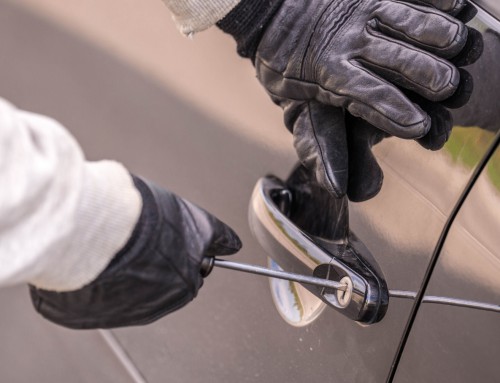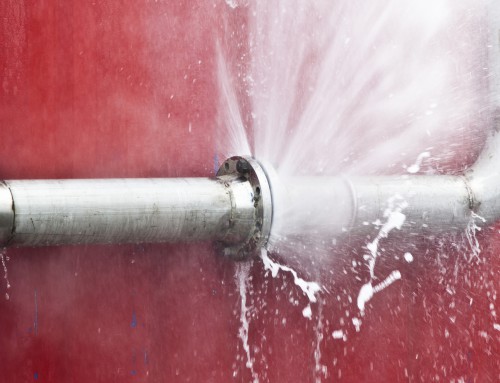There are numerous jobs where you may be required to deliver passengers safely to their destination, including limousine drivers, party bus operators, or drivers for other types of vehicles. Even though a driver’s full focus should be on the road while behind the wheel, distractions like loud music and unruly passengers can lead to dangerous road situations. To ensure that all of your passengers enjoy a safe and smooth ride, it’s important for drivers to manage distracting situations swiftly.
You can reduce your risks by managing distracted driving with these helpful recommendations:
Educate your drivers
It’s important that drivers are aware of the increasing trend of incidents caused by distracted driving and how it can endanger their lives, as well as the lives of everyone else on the road. Unfortunately, being distracted for even a few seconds can greatly increase the risk of an accident happening.
Invest in training programs
One way to educate your drivers on their risks is by providing a collision prevention training program. These types of programs can incorporate scenarios of passenger distractions that may occur while on the job, which can include:
- How to identify potentially unruly passengers
- Procedures to manage distracting passengers
- How to enforce the rules of the vehicle assertively and professionally
Create strong passenger policies
Drivers should thoroughly define what the consequences are for not following rules to their passengers before beginning the journey. They can help ensure all passengers are aware of the rules by including them in the service contract. The driver can further reenforce all rules to the passengers prior to boarding, and remind them that they are responsible for their actions, which could pose a risk to their own safety. The driver may also want to give a warning to passengers if they start to become uncontrollable.
Use your judgment while on the road
A driver’s main responsibility is to safely transport everyone in the vehicle. If there is any disruption that may cause distraction or harm, we suggest that drivers pull over when it is safe to do so until the distraction is settled. If a passenger is becoming aggressive or the driver feels threatened or unsafe in any way, make sure to call the authorities to help settle the dispute.
Enforce zero tolerance of substance abuse
Any and all belligerent behaviour and unruliness should not be tolerated. Your drivers should be strict with enforcing the alcohol policy that has been set by the organization, as well as laws pertaining to alcohol consumption. Finally, they should ensure that all passengers know there is absolutely no tolerance for smoking or use of illegal drugs while inside the vehicle.
How to properly manage communication with your drivers
Nowadays, everyone has some sort of communication device, and safely using these devices while on the road is a major issue for drivers and passengers alike. It is important that all drivers follow provincial legislation on not using handheld and electronic devices (such as cell phones, tablets, and laptops) while driving. Their focus should be on the road rather than viewing display screens.
As part of all training and internal policies, you should make sure to inform drivers that they are not to use a handheld device with or without passengers in the vehicle. A simple policy statement can be included in their driver package and stored as part of the driver’s file.
In some cases, dispatch or fleet managers may need to get in touch with a driver on their team as soon as possible. However, no driver should break the law and place passengers in danger to answer a call. All communication needs to be safe while still meeting business needs.
You can avoid this communication dilemma with some careful preparation:
Utilize hands-free technology
Investing in vehicles that contain Bluetooth features or headsets can be a safe alternative for drivers to communicate with dispatch. Using hands-free technology can allow the driver to quickly communicate with dispatch and receive any updated information with minimal disruption to any passengers.
Where possible, have frequent check-in times
The driver and their dispatch team should communicate regularly about any updates or changes. Arrange check-in times around the driver’s drop-off and pick-up schedule to ensure they are communicating safely. While this may not always be an option for limousine drivers, a policy could be established requiring drivers to check-in upon arrival at a destination, as well as after drop-off. This provides some opportunities for the driver and dispatch to communicate important information.
If dispatch needs to speak to the driver directly, a policy could be established where a call is placed to the driver with no voicemail delivered. If dispatch calls back immediately, this should be a notification to the driver that they need to speak as soon as possible. Always be honest with the passenger and let them know that you need to reach dispatch.
Incorporate telematics into your vehicles
Another tool that drivers could benefit from using is telematics or GPS software. Telematics is essentially the means of sending, receiving, and storing information relating to vehicles through telecommunications devices. Telematics can give you real time updates on the status and location of drivers, which could eliminate the need to speak to the driver over the phone.
Protect yourself and your business
As a professional driver, you’ve got a lot to manage. But despite your best efforts, you can’t control everything and unfortunately you can’t supervise every passenger while on the road. So if you’re looking for more ways to protect yourself and your business, visit our Commercial Auto Insurance page today!
This blog is provided for information only and is not a substitute for professional advice. We make no representations or warranties regarding the accuracy or completeness of the information and will not be responsible for any loss arising out of reliance on the information.







